Vincent Price Museum: Eight Decades of Los Angeles Youth Culture
March 29, 2017

art; monica orozco; demonicaphoto; VPAM
The Vincent Art Price Museum featured “Tastemakers and Earthshakers: Notes from Los Angeles Youth Culture, 1943-2016,” an exhibition that traversed eight decades, including millennials’ form of expression through style, music and art.
The museum exhibition ran from Oct. 15, 2016 until Feb. 25, 2017, and was free to the public. The Vincent Art Price Museum, located in Monterey Park in East Los Angeles, frequently offers a variety of remarkable art to admire and experience, ranging from paintings, documentary photography, music video installations and historical documents.
At the entrance of the recent “Tastemakers and Earthshakers” exhibition was an installation of the common pachuco and pachuca dress. Pachucos and pachucas were a subculture of young Chicanos and Mexican Americans that were associated with the 1943 Zoot Suit Riots in Los Angeles. The wardrobe serves as an embodiment of this youth group and their form of expression through these outfits. The paintings and photographs of the pachuco dress illustrated how this fashion was an essential part of the subculture’s identity.
Another feature of the exhibition was a variety of different historical documents including newspapers, photographs, notebooks and flyers detailing the fashion trends and culture of Los Angeles through the decades.

art; monica orozco; demonicaphoto; VPAM
“Many of the artworks included in the exhibition reference specific historical events … so including diverse media allows us to flesh out that narrative within the exhibition,” said Pilar Tompkins Rivas, the curator of the show. “All of these sources in the exhibition give the viewer a new perspective to experience these narratives.”

art; monica orozco; demonicaphoto; VPAM
Another room of the exhibition featured photographs and paintings of youth resistance groups from Los Angeles through the years. Many of the photos were of the Chicano youth protesting. In one image, a group of young Chicanos is carrying a poster stating “Chicano Power” to express the impact of their voice. On the wall painted in large blue letters topped with ice imagery was the message, “Cause I’m brown, I’m not the other color, so police think, they have the authority, to kill a minority.” These words serve as a reflection of how the youth felt at the time about the police. What’s expressed in this art piece is something relevant in our society regarding the ongoing issue of police brutality and their abuse of authority over minority groups.


art; monica orozco; demonicaphoto; VPAM

art; monica orozco; demonicaphoto; VPAM
The goal of these art pieces was to vividly illustrate how one’s form of expression can contribute to their social identity. According to Rivas, the exhibition served as a way to empower youth through acknowledging that their voice is important and can have a huge impact in the world by unifying together.
“We hope that the exhibition [provided] an opportunity for young people to see themselves reflected within the museum context, to know that their experiences are valid, and to feel that their forms of personal expression are artistically and culturally relevant,” Rivas said.




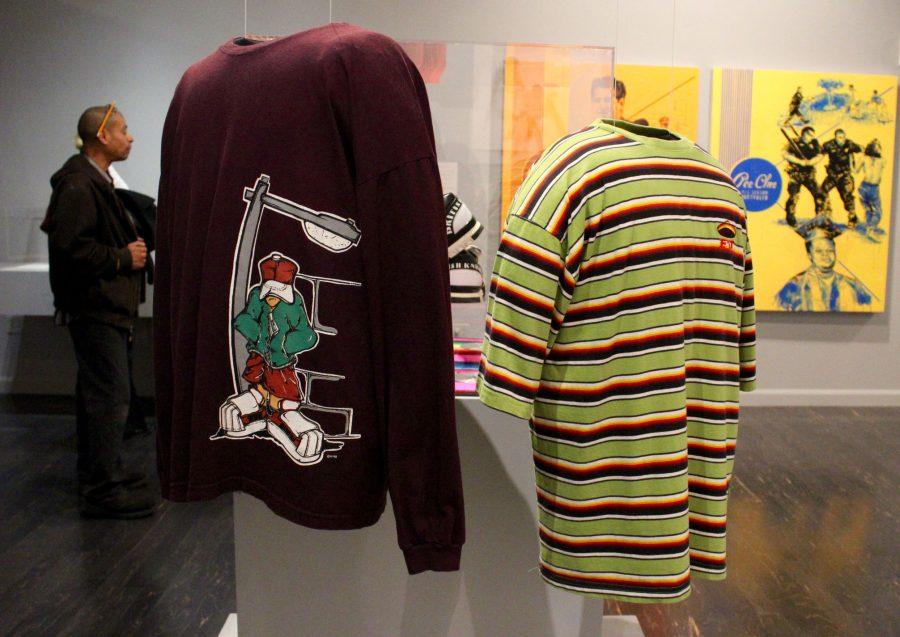
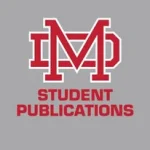
![Mater Dei students donate money for the annual Lenten Outreach. On Wednesday, Apr. 9, during lunch, Monarchs participated in donating money to help people affected by the fires. “I think that the Lenten Outreach is a great idea that supports [people in need] and it fills me with joy to help others,” Freshman Elizabeth Felton said. 📸 and post by Hailey Urbina, Staff member of the CROWN yearbook. #mdstudentpublications #materdei #lentenoutreach](https://thescarletscroll.com/wp-content/plugins/instagram-feed/img/placeholder.png)
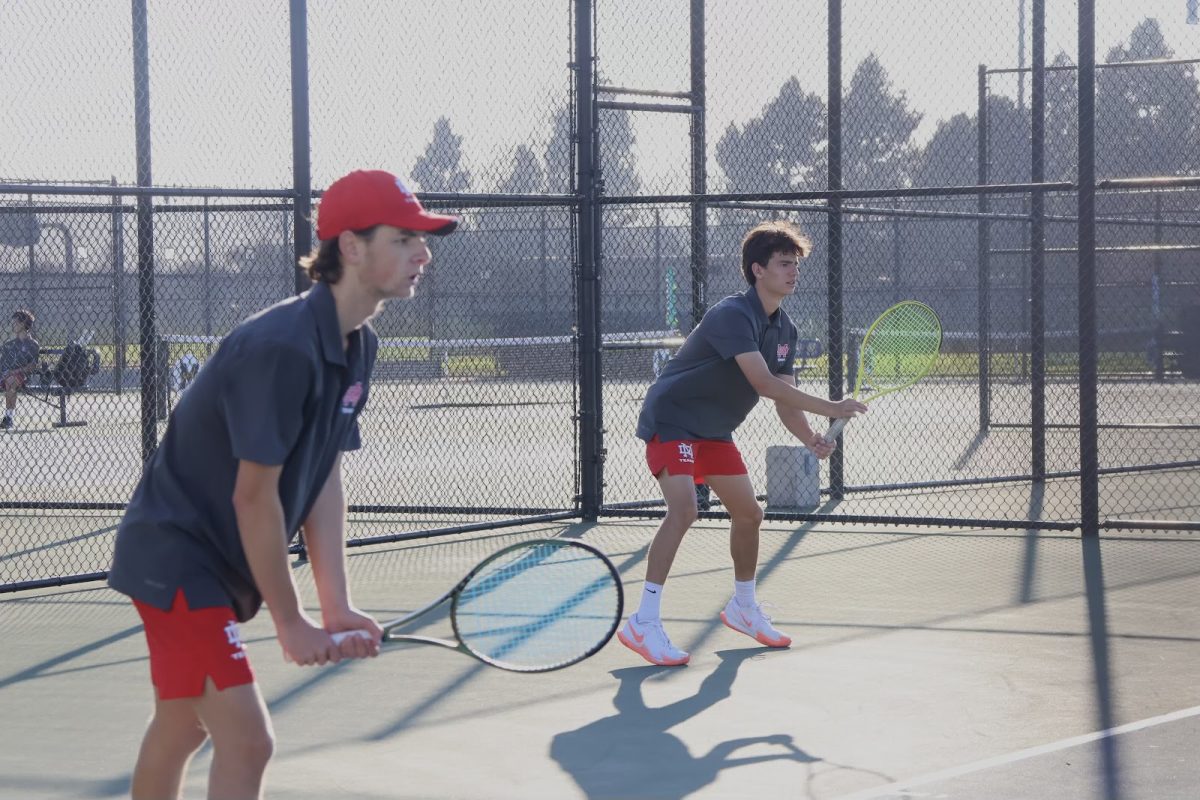
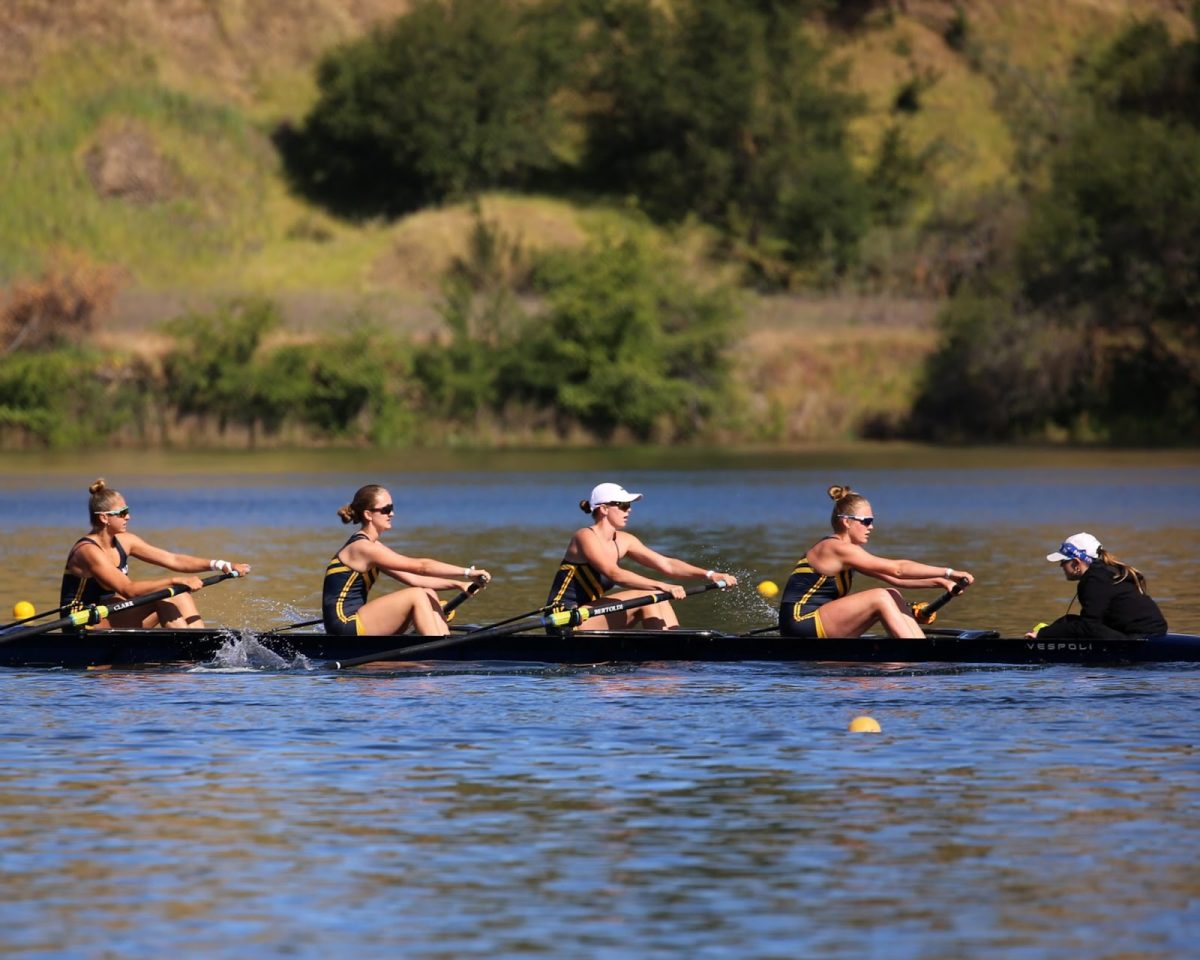
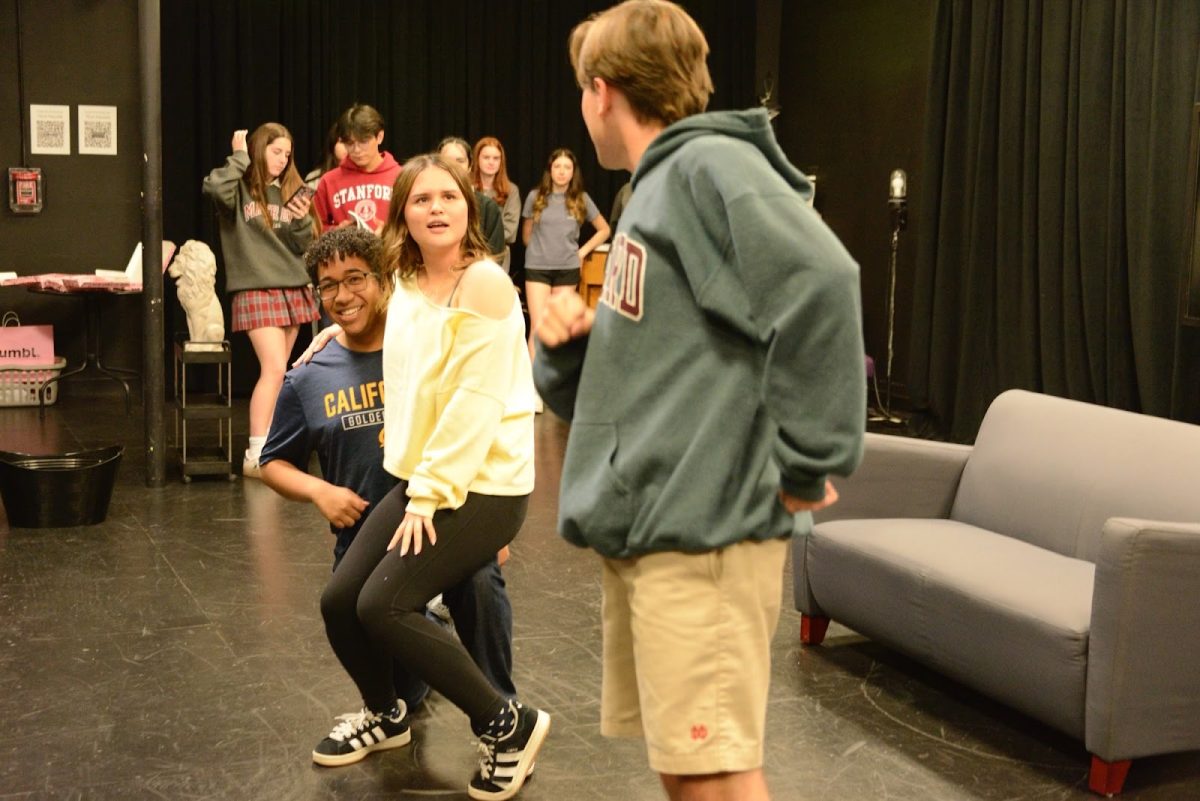
![SIGNING THE WAY American Sign Language Teacher Jennifer Battaglia interacts with her class as they work on their assignments. Battaglia was named a finalist for the Teacher of the Year Award in 2023, an honor that encouraged her to keep up the hard work and model important teaching values for her students. She aims to improve her students’ understanding of not just the language, but the experiences of those in the deaf community. “[Receiving this award] was very humbling,” Battaglia said. “You don't go into teaching for the recognition. It means that what we do in the classroom was and is being recognized. So I think it's important for us to keep doing what we've been doing. It's nice to be recognized for how hard we're working in the classroom.” Photo courtesy of Mater Dei High School.](https://thescarletscroll.com/wp-content/uploads/2025/04/HEIF-Image-6-1200x789.jpeg)
![FIGHTING THROUGH STORMS Coach Johnny Rodriguez cheers on his players as they ace their attacking skills during an after-school practice. Despite the cold rain, Rodriguez remains on the field as his players’ biggest supporter and source of positivity, leaving a lasting impact on them. “Coach Rodriguez has changed my perspective in life, [making it] more positive,” O’Hara said. “[He reminds me that] there's always something good to do, and I want to put that to my lifestyle.”](https://thescarletscroll.com/wp-content/uploads/2025/04/IMG_2611-1200x800.jpeg)